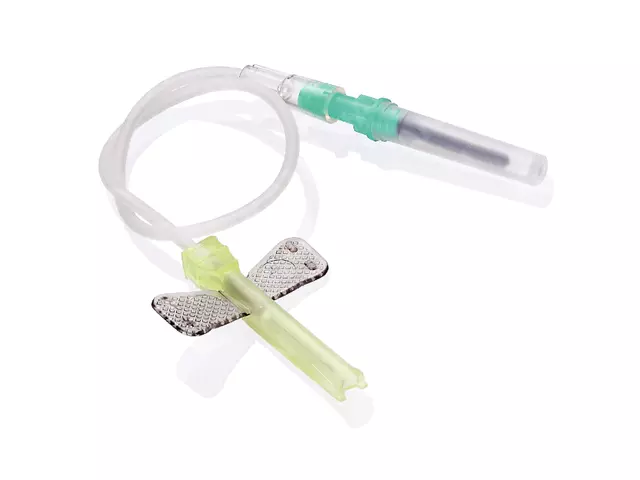Tourniquet Straps: A Lifesaving Essential for Hemorrhage Control in Emergency Medical Situations
In the field of emergency medical care, time is often the most critical factor when it comes to saving lives. When a person experiences severe bleeding, especially in cases of traumatic injury, controlling hemorrhage quickly is essential to prevent shock, organ failure, or death. One of the most effective tools used to stop severe bleeding is the tourniquet strap. This simple yet vital medical device is designed to apply pressure to a limb in order to restrict blood flow, allowing medical professionals and first responders to stabilize patients until they can receive more advanced care. The tourniquet strap has proven its importance in controlling life-threatening hemorrhages, particularly in pre-hospital settings. While tourniquets were once considered a last resort in emergency medicine, advancements in design and application techniques have made them an indispensable part of modern trauma care.
What is a Tourniquet Strap?

A tourniquet strap is a medical device used to control severe bleeding, particularly in situations where arterial blood flow cannot be stopped through traditional methods, such as direct pressure. Typically, the device consists of a flexible strap, often made from strong, durable materials like nylon or polyester, that is wrapped around an arm or leg to apply pressure and occlude the blood vessels. The strap is tightened using a tightening mechanism, such as a windlass or a buckle, which ensures that enough pressure is applied to stop the blood flow.
The main function of a tourniquet strap is to create a mechanical blockade that prevents blood from flowing out of the limb by constricting the blood vessels. This is particularly effective in cases of arterial bleeding, where the blood loss is rapid and profuse. The tourniquet can be applied quickly, often in a matter of minutes, by trained medical personnel or, in some cases, by bystanders who have basic first aid training.
Tourniquets are generally used for hemorrhages that cannot be controlled by other means, such as direct pressure or wound dressing. They are designed to be used temporarily until advanced care can be provided in a medical setting. Once the tourniquet is applied, it effectively buys time, preventing the patient from losing critical blood until they can be stabilized and transported to a healthcare facility.
Why is a Tourniquet Strap Essential in Emergency Medical Care?
In emergency trauma care, uncontrolled bleeding is one of the leading causes of preventable death. Bleeding can lead to hypovolemic shock, organ failure, and even death if not addressed immediately. According to the World Health Organization (WHO), hemorrhage accounts for approximately 30-40% of trauma-related fatalities globally, making its control a critical priority for first responders and healthcare providers.
The tourniquet strap is essential because it provides a reliable, fast, and effective method for stopping severe bleeding, especially when other methods fail. This is particularly important in pre-hospital settings, where patients may not have access to the advanced tools or resources available in a hospital. Applying a tourniquet to an injured limb can stop the bleeding in just a few minutes, significantly improving the patient's chances of survival by reducing the risk of hypovolemic shock. By controlling blood loss, the tourniquet strap also helps prevent further complications and buys valuable time for patients until they can receive more definitive medical care.
Another reason why tourniquet straps are so essential is their ease of use. These devices can be applied quickly by individuals with basic first aid training, including bystanders, emergency medical technicians (EMTs), and military personnel. This accessibility makes tourniquets a valuable tool in emergencies where professional medical help may be delayed. In addition, the ability to apply a tourniquet quickly can be the difference between life and death in critical hemorrhagic situations.
The tourniquet strap is a crucial device in emergency medical care, offering a fast, effective, and reliable method to control severe bleeding. By providing immediate hemorrhage control, the tourniquet helps stabilize patients and prevent fatal blood loss until they can receive more advanced medical care. The simplicity, effectiveness, and accessibility of tourniquet straps make them indispensable in emergency settings, whether in the field, on the battlefield, or in medical facilities. As training and awareness of hemorrhage control increase, the use of tourniquet straps will continue to save lives by preventing the devastating consequences of uncontrolled bleeding. The tourniquet strap stands as one of the most vital tools in the medical industry, ensuring that patients receive the best chance of survival in traumatic and life-threatening situations.




